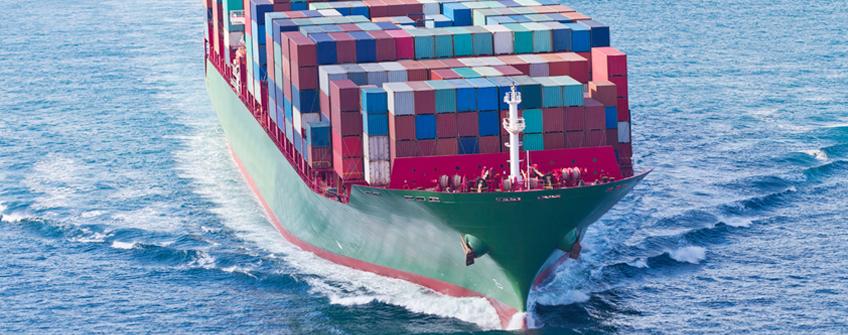Company News
Shipping prices continue to rise, how to deal with foreign trade enterprises
Under the influence of multiple factors, the shipping price of foreign trade exports shows a rising trend.
Shanghai Shipping Exchange data show that on May 17, China's export container freight index, the highest increase last week for the South American route, east-west Africa route, South Africa route, respectively reached 15.9%, 14.1%, 11.7%, to 1091.17 points, 797.83 points, 1074.40 points.
What is the reason behind the surge in freight rates in the container shipping market this time? How do foreign trade enterprises respond? In this regard, "China Economic Weekly" reporter interviewed a number of shipping logistics companies in charge.
Shipping prices continue to rise, "a cabin is difficult to find" again
In the first four months of this year, China's imports and exports of goods totaled 13.81 trillion yuan, up 5.7% year on year, the General Administration of Customs said on May 9. Of this total, the export was 7.81 trillion yuan, up by 4.9%; Imports reached 6 trillion yuan, an increase of 6.8%.
With the hot foreign trade export situation, the recent maritime market has opened a "tide of price increases", and some ships are in tight supply, and even "one cabin is difficult to find".
According to media reports, the shipping industry has recently set off a "tide of price increases" in the off-season. Maersk, CMA, Hapag-Lloyd and other head shipping companies have issued price increase letters, some routes increased by nearly 70%, a 40-foot container, freight prices rose up to 2,000 US dollars.
"Ocean freight growth in April was relatively modest, but entering May, ocean freight price growth is a bit 'scary'." Huizhou Tolde cross-border logistics related responsible person Liao Guofeng told "China Economic Weekly" reporter.
According to the data of the Shanghai Shipping Exchange, as of May 20, 2024, the Shanghai export container settlement freight index (European route) was 3070.53 points, up 22.2% compared with the previous period; Shanghai export container settlement freight index (US-West route) was at 2610.91 points, up 4.1% compared with the previous period.
"Overall, the main container categories are still in the process of deepening development, and are in a growth trend in the long term." In response to investors in the announcement, CIMC mentioned that the container industry is often affected by "black swan" events. Record container production in 2021, followed by two years of gradual digestion of overflow demand; At the end of 2023, the Red Sea event again occurred, combined with unexpected events such as the Panama Canal drought, which boosted the demand for containers.
On April 25, COsco Shipping International revealed in its 2023 annual report: "Trade barriers, geopolitical uncertainties and climate issues have had a significant impact on the shipping industry, causing congestion and delays in cargo transport, while driving up freight rates, shipping companies also need to absorb higher operating costs."
In addition to COSCO Shipping International mentioned "freight increase", Hapag-Lloyd, Wan Hai, Modern Merchant Marine (HMM) and many other shipping companies have also issued price increase notices, involving Latin America, Europe, the Mediterranean, the Black Sea, the near ocean and other routes.
Why the Marine market set off a "tide of price increases" in the off-season
December - January and July - October are the traditional shipping season, and in the current off-season, the shortage of shipping space, sea freight continues to rise, what is the reason behind?
A number of interviewees told the "China Economic Weekly" reporter that since the beginning of this year, the situation in the Red Sea has continued to be tense, and many container ships going to Europe have given up the Suez Canal route and taken a detour to the Cape of Good Hope in Africa.
Zheshang Securities said that foreign trade container liner companies have a high degree of concentration, as of May 10, 2024, the top ten container liner companies accounted for 84.2% of the capacity, coupled with the formation of industry alliance cooperation between companies, on the one hand, in the context of worsening supply and demand environment, it helps to slow down the vicious price competition by means of stopping traffic control capacity, etc. On the other hand, in the context of improved supply and demand relationship, it is expected to achieve higher freight rates through joint pricing.
Cosco Shipping International believes that in the shipping industry in 2024, the structural trend of the market may continue under the background of the remaining global economic fragility, increasing geopolitical risks, declining supply chain stability and the overall low growth rate of fleet supply. Clarkson Research believes that with the exception of individual segments, most major ship type markets will continue to be affected by market complexity and uncertainty.








